Thomas Huot-Marchand designs bespoke typographic solutions for brands and institutions seeking to strengthen their visual identity. His research expertise allows him to advise and support both clients and creative teams on typographic history, technology, and concepts.









- 2021
Album





















- 2002
Minuscule



















- 2017
Minérale




















- 2014
Luxeuil script


























- 2020
Garaje Monospace

















- 2020
Garaje Multi








- 2020
Garaje Mid



























- 2017
Park MGM × be pôles






















































- 2020
Garaje Condensed

























- 2011
MM — Typeface










- 2009
Mononi















- 2020
Garaje Wide